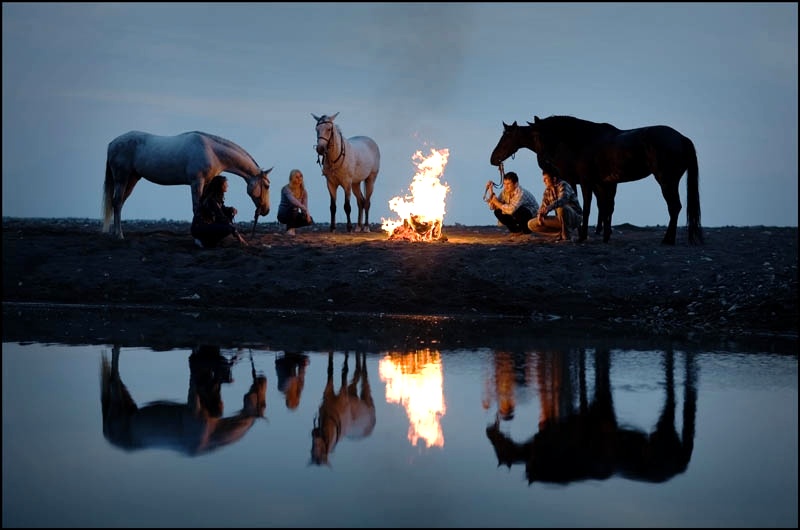Horse racing is one of the most popular forms of gambling, with millions of people placing bets on races every year. While the appeal of playing the horses is easy to understand, it can be difficult to know which horses to bet on. One of the biggest mistakes that bettors make is to bet on false favourites. This article will explain what a false favourite is and how to spot them in a horse race.
What is a False Favourite?
A false favourite is a horse that is considered by many to be the most likely winner of a race, but in reality has little chance of actually winning. False favourites can be identified by looking at a horse’s past performance, the track record of the trainer or jockey, or the form of the horse. False favourites are usually horses that are overhyped or have been heavily bet on, but have not performed well in recent races.
How to Identify False Favourites
Before placing a bet, it is important to do research and identify which horses are false favourites. Here are some tips for identifying false favourites in a horse race:
1. Look at the Horse’s Performance
The first step to identifying false favourites is to look at the horse’s past performance. Look at how well the horse has done in past races, and compare its times and performance to other horses in the race. If the horse’s performance has been inconsistent or poor, it is likely that it is a false favourite.
2. Look at the Trainer and Jockey
The trainer and jockey can also be indicators of a false favourite. If the horse has consistently been trained by the same trainer or ridden by the same jockey and has not performed well, then it may be a false favourite. It is also important to look at the jockey’s form. If a jockey has not had many wins in recent races, then the horse may not be a good bet.
3. Look at the Horse’s Form
It is also important to look at the horse’s form. This includes looking at the horse’s weight, its speed, and its ability to handle different types of terrain. If the horse has not done well in recent races, then it is likely a false favourite.
4. Look at the Odds
Finally, it is important to look at the odds for the horse race. If a horse is the favourite but has long odds, then it is likely to be a false favourite. This is because the bookmakers are not confident in its chances of winning.
Conclusion
False favourites can be difficult to spot in a horse race, but with the right research and knowledge, it is possible to identify them. By looking at the horse’s past performance, the form of the trainer and jockey, and the odds for the race, you can identify false favourites and avoid making costly bets.

